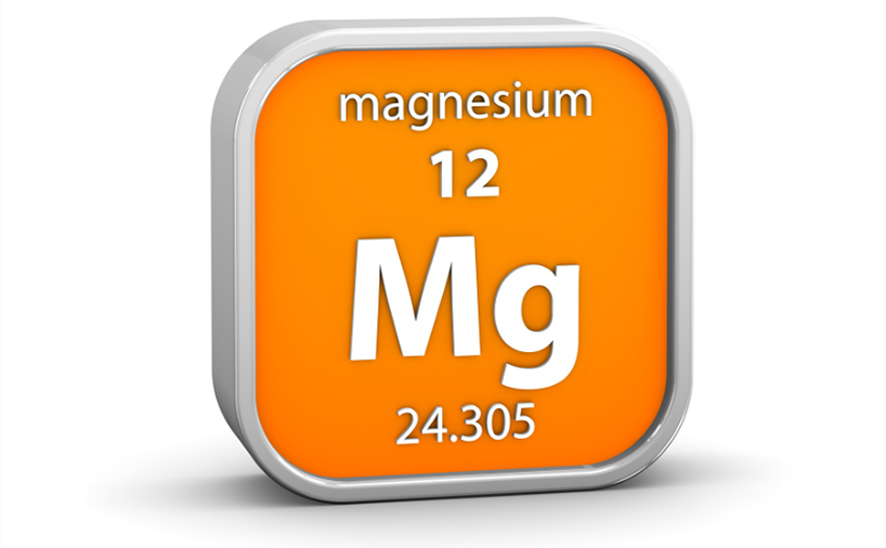Forms of Magnesium.

Magnesium is an essential mineral involved in numerous bodily functions, including muscle and nerve function, blood glucose control, and bone health. It is available in various forms, each with different absorption rates and benefits. Here is a general overview of the most common forms of magnesium supplements:
1. Magnesium Citrate
- Description: Magnesium citrate is magnesium bound to citric acid.
- Absorption: High; it is well-absorbed in the digestive tract.
- Benefits: Commonly used to relieve constipation due to its laxative effect. Also beneficial for general magnesium supplementation.
2. Magnesium Oxide
- Description: Magnesium oxide is a compound of magnesium and oxygen.
- Absorption: Low; it has a higher magnesium content per unit, but it is not as well absorbed.
- Benefits: Often used as a short-term treatment for heartburn or indigestion. Less effective for increasing magnesium levels.
3. Magnesium Glycinate
- Description: Magnesium glycinate is magnesium bound to glycine, an amino acid.
- Absorption: High; one of the most bioavailable and well-absorbed forms.
- Benefits: Gentle on the stomach and unlikely to cause diarrhea. Good for general supplementation, muscle relaxation, and reducing anxiety.
Preferred form for those with magnesium deficiency.
4. Magnesium Chloride
- Description: Magnesium chloride is a magnesium salt.
- Absorption: Moderate to high.
- Benefits: Used for boosting magnesium levels and can be used topically (as in magnesium oil) for muscle aches.
5. Magnesium Sulfate
- Description: Also known as Epsom salt, magnesium sulfate is magnesium bound to sulfur and oxygen.
- Absorption: Moderate; primarily used for its therapeutic effects in baths.
- Benefits: Commonly used in baths to soothe sore muscles and reduce inflammation. Also used as a laxative.
6. Magnesium Malate
- Description: Magnesium malate is magnesium bound to malic acid.
- Absorption: High; well-absorbed and gentle on the stomach.
- Benefits: May help with fibromyalgia and chronic fatigue syndrome due to malic acid’s role in energy production.
Provides energy support and is less likely to cause diarrhea.

7. Magnesium Taurate
- Description: Magnesium taurate is magnesium bound to taurine, an amino acid.
- Absorption: High.
- Benefits: Good for heart health, as taurine is beneficial for cardiovascular function.
Often used to support heart health and reduce blood pressure.
8. Magnesium Threonate
- Description: Magnesium threonate is magnesium bound to threonic acid, a metabolite of vitamin C.
- Absorption: High; easily crosses the blood-brain barrier.
- Benefits: Supports cognitive function and may improve memory and learning.
Often used for brain health and cognitive enhancement.
9. Magnesium L-Lactate
- Description: Magnesium bound to lactic acid.
- Absorption: High.
- Benefits: Often used to support general magnesium levels and may be easier on the stomach.
Commonly used in the treatment of magnesium deficiency.
These various forms of magnesium cater to different needs and preferences, so selecting the appropriate type can enhance the effectiveness of supplementation for your specific health goals.
National Institutes of Health (NIH), Office of Dietary Supplements. Magnesium: Fact Sheet for Health Professionals. Link to Source
Walker, A.F., Marakis, G., Christie, S., & Byng, M. (2003). Mg citrate found more bioavailable than other Mg preparations in a randomised, double-blind study. Magnesium Research, 16(3), 183-191.
Firoz, M., & Graber, M. (2001). Bioavailability of US commercial magnesium preparations. Magnesium Research, 14(4), 257-262.
Schuette, S.A., Lashner, B.A., & Janghorbani, M. (1994). Bioavailability of magnesium diglycinate vs magnesium oxide in patients with ileal resection. Journal of Parenteral and Enteral Nutrition, 18(5), 430-435.
Nielsen, F.H. (2010). Magnesium, inflammation, and obesity in chronic disease. Nutrition Reviews, 68(6), 333-340.
Mozaffari, M.S., & Schaffer, S.W. (2008). Effects of oral magnesium sulfate treatment on the development of hypertension in adult and immature spontaneously hypertensive rats. Canadian Journal of Physiology and Pharmacology, 86(2), 75-82.
Russell, I.J., Michalek, J.E., Flechas, J.D., & Abraham, G.E. (1995). Treatment of fibromyalgia syndrome with super malic: a randomized, double-blind, placebo-controlled, crossover pilot study. Journal of Rheumatology, 22(5), 953-958.
Mizushima, S., Nara, Y., Sawamura, M., & Yamori, Y. (1992). Effects of oral magnesium supplementation on blood pressure and lipid metabolism in spontaneously hypertensive rats. Clinical and Experimental Pharmacology and Physiology, 19(5), 307-314.
Abumaria, N., Luo, L., et al. (2011). Magnesium supplement enhances contextual fear memory, extinguishes spatial memory, and increases synaptic plasticity in mice. Neuropharmacology, 60(7-8), 1209-1218.









